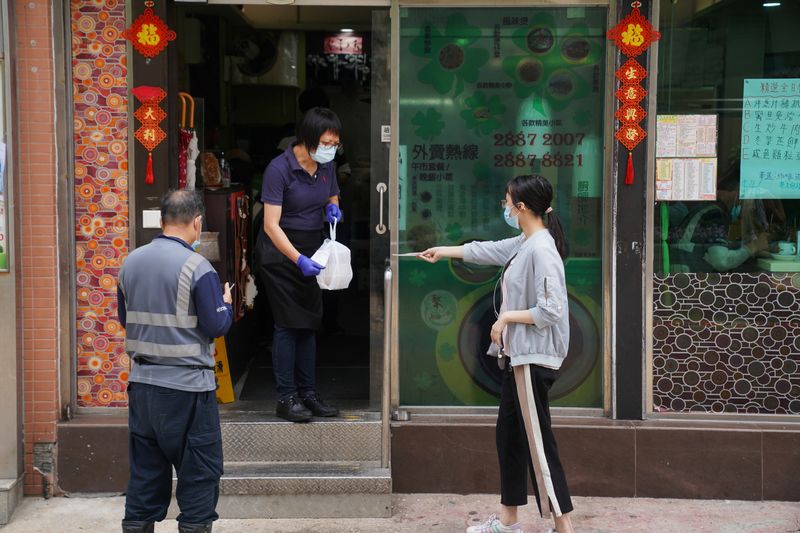(Reuters) – Here’s what you need to know about the coronavirus right now:
EU leaders’ “mission impossible”
EU leaders stood at an impasse on Monday after three days of haggling over a plan to revive economies throttled by the COVID-19 pandemic, but the chairman of their near-record-length summit Charles Michel urged them to make one last push on “mission impossible”.
The leaders are at odds over how to carve up a vast recovery fund designed to help haul Europe out of its deepest recession since World War Two, and what strings to attach for countries it would benefit. A group of “frugal” wealthy north European states pushed during the summit for a smaller recovery fund and sought to limit how payouts are split between grants and repayable loans.
For some, the summit was a critical moment for nearly 70 years of European integration, and failure to agree could both unnerve financial markets and fuel doubts about the bloc’s future.
Tamping down Australia’s outbreak
Australia’s Acting Chief Medical Officer Paul Kelly said it would take “weeks” to slow the Melbourne outbreak to levels seen as recently as June, when Victoria and the rest of Australia reported single or double-digit daily infections.
“We have learned over time that the time between introducing a measure and seeing its effect is at least two weeks and sometimes longer than that,” Kelly told Australian Broadcasting Corporation radio. An official inquiry into the outbreak began hearings on Monday.
New South Wales state reported 20 new infections on Monday, the highest in three months. Authorities here have been unable to trace some of the clusters and state authorities have urged people to avoid unnecessary travel and public transport.
Hong Kong tightens, China relaxes
Hong Kong tightened coronavirus restrictions on Sunday, with non-essential civil servants told to work from home from this week, as the global financial hub reported more than 100 daily cases, a record number.
“The situation is very serious and there is no sign of it coming under control,” Chief Executive Carrie Lam said. A requirement for restaurants to only provide takeaway after 6pm was extended. Face masks will be mandatory in indoor public areas.
Meanwhile, in Beijing, the emergency response level was lowered to Level II, after two weeks of no new cases. Conferences with no more than 500 participants will be allowed, while exhibitions, sports matches and cinemas are also expected to reopen gradually, said Liu Bei, vice secretary of the Beijing Municipal government.
Six strains
British scientists analysing data from a widely-used COVID-19 symptom-tracking app have found there are six distinct types of the disease, each distinguished by a cluster of symptoms.
The King’s College London team found that the six types also correlated with levels of severity of infection, and with the likelihood of a patient needing help with breathing – such as oxygen or ventilator treatment – if they are hospitalised.
The study, released online on June 16 but not peer-reviewed by independent scientists, described the six COVID-19 types as:
1. ‘Flu-like’ with no fever: Headache, loss of smell, muscle pains, cough, sore throat, chest pain, no fever.
2. ‘Flu-like’ with fever: Headache, loss of smell, cough, sore throat, hoarseness, fever, loss of appetite.
3. Gastrointestinal: Headache, loss of smell, loss of appetite, diarrhoea, sore throat, chest pain, no cough.
4. Severe level one, fatigue: Headache, loss of smell, cough, fever, hoarseness, chest pain, fatigue.
5. Severe level two, confusion: Headache, loss of smell, loss of appetite, cough, fever, hoarseness, sore throat, chest pain, fatigue, confusion, muscle pain.
6. Severe level three, abdominal and respiratory: Headache, loss of smell, loss of appetite, cough, fever, hoarseness, sore throat, chest pain, fatigue, confusion, muscle pain, shortness of breath, diarrhoea, abdominal pain.
(Story refiles to add apostrophe and correcting spelling error in word “impossible” in first subhed.)
(Compiled by Karishma Singh; Editing by Simon Cameron-Moore)



















